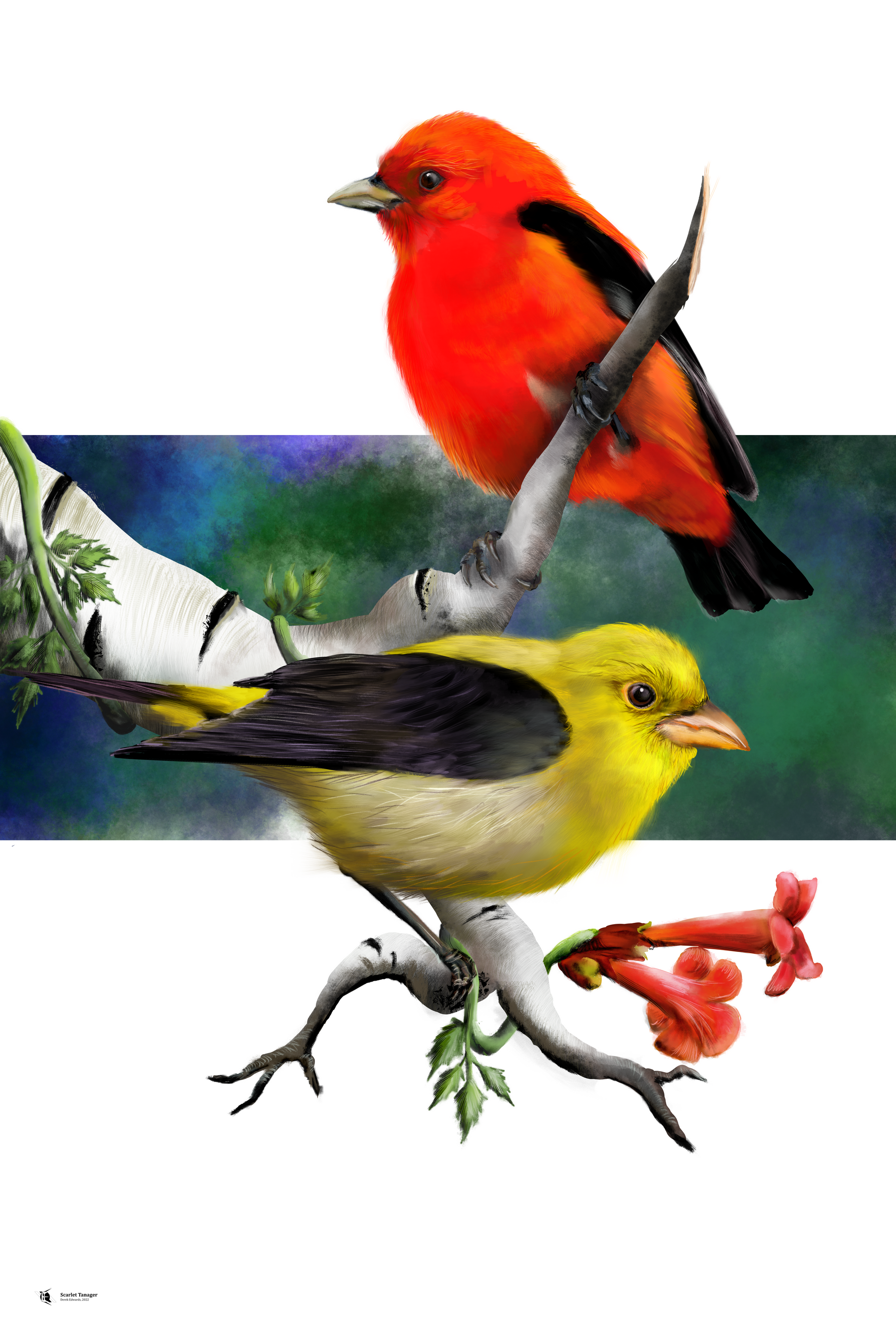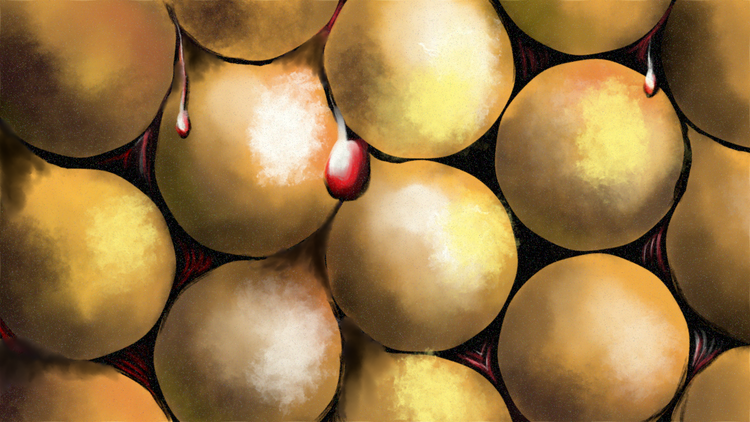
Running Commentary 8/8/2022
Hello,
Do castles have street addresses? That question popped into my mind this past week, and I really had no guess as to an answer. One the one hand, castles are older than street addresses (I double checked this; the first street address systems came from Europe in the 1700s, alongside postal services that depended on them.) Castles certainly didn’t have numbered addresses back when they were built, but might they have been assigned some later? So I did some checking, and from what I can tell, if a castle is still maintained/inhabited it has an address, but castle ruins usually don’t.
(The Colosseum does have an address: Piazza del Colosseo, 1, 00184 Roma RM, Italy. That’s probably just because it’s in the middle of a city.)
Anyway...
Watching...
BattleBots
BattleBots is back with a six-part summer series: BattleBots Champions. This is basically the Bounty Hunters tournaments from last year with the addition of a finale where all the winners play in a tournament with all the modern-era Giant Nut winners (besides Bite Force). That’s an addition that I think will really help tie these bonus fights together and make them feel like their own thing.
(NOTE: These fights were filmed during the same BattleBots event as the Season Six fights, so expect a lot of the same bots, in the same general conditions, as we saw there.)
Let’s look at the fights:
- DUCK v HYPERSHOCK - This was a match-up between a bot known for steady reliability and a bot known for moving fast and breaking down. But, if you’ll remember last season, you’ll remember that Duck debuted a new design that was a lot less resilient than normal, while Hypershock seemed to have finally banished its gremlins and was working really well. So it was actually no surprise to me to see Hypershock tear Duck apart. Duck did last the full three minutes though, so that’s good.
- CLAW VIPER v DEFENDER - A match-up between two nearly-identical grappler-control bots, what this fight lacked in sparks and smashing it made up for in displays of technical skill. While Defender had an early advantage, due in large part to its jaws working a little better, but Claw Viper managed to use the arena hazards to take out one of Defender’s wheels, and the fight was pretty well won at that point.
- SMEEEEEEEEEEEEEEEEEEEEEEEEEEEE v VALKYRIE - SMEEEEEEEEEEEEEEEEEEEEE did better than I thought it might for the first bit of the fight, keeping Valkyrie hitting its middle, which could take the hits. But Valkyrie knew better than to get trapped in the corners of the arena, and eventually were able to outmaneuver SMEEEEEEEEEEEEEEEEEEEEEEEEEEEE and take out its drive pods. This was the least interesting fight of the night, besides…
- TRIPLE CROWN v MADCATTER - Triple Crown’s ambitious design so far has not delivered any sort of actual combat performance. After losing it’s only main season fight in two hits (Triple Crown was a reserve bot) its fight against MadCatter was over as soon as it started, since it was completely non-responsive to the driver’s controls. MadCatter advanced unopposed.
- HYPERSHOCK v VALKYRIE - Hypershock won quickly and decisively, somehow ripping Valkyrie’s weapon disc clean off. This fight was the most broken I think I’ve ever seen Valkyrie, and the second most broken I’ve seen the arena ceiling.
- CLAW VIPER v MADCATTER - Not much of a surprise here. MadCatter was able to take out Claw Viper’s jaw mobility early on, and spent the rest of the fight smashing it up until it couldn’t move anymore.
- HYPERSHOCK v MADCATTER - MadCatter had a strong start, flipping Hypershock over a few times. But Hypershock was simply the more destructive bot. (Team Hypershock’s entrance was the biggest laugh of the night.)
- HYPERSHOCK v GIGABYTE - Gigabyte got to wait at the end of the bracket, a privilege earned by winning a Bounty Hunter tournament last year. Hypershock, as we’ve seen, had to fight three times before facing Gigabyte, and it honestly looked like those fights had taken their toll as Hypershock began crab-walking around one of the corners. Aparently, for some unclear reason, Will Bales’s controller got the throttle and steering controls reversed, which obviously threw Bales’s driving off. He was able to send his bot straight into an oncoming Gigabyte, which split in half, flew across the arena, and knocked down the “BATTLEBOTS” sign for good measure. Hypershock was really the hero of the night; I’m really happy that Will Bales and team were finally able to see their bot perform the way it’s meant too, and I’m looking forward to seeing them in the finale.
Reading...

The Mosquito
I like weird histories. I’ve read a lot of those; I’ve profiled quite a few of them here in RC. Some I’ve read have been really good, some have been dry but still pretty interesting. The Mosquito: A Human History of our Deadliest Predator is the first book I’m gonna feature without recommending. I did enjoy this book to a degree, mostly because its subject matter. The book itself often fails to live up to its goals.
The author, Timothy C. Winegard, is a history professor. His knowledge of mosquitos is greater than the average person’s but doesn’t really get to the level of expertise (I mean, right on the cover he calls mosquitos predators, which isn’t really correct.) What he does know quite a bit about is how mosquitos influenced the military history of North America; the middle chapters of the book deal with this, and are the best part of the book (although they have some problems, which I’ll get to.)
The other chapters try to cover the rest of human history, only half successfully. The role of the mosquitos of the Pontine marshes serving as defenders of the city of Rome seems a solid conclusion to come to; the purported role of mosquitos in killing Alexander the Great and keeping the Mongols out of western Europe seemed a bit less convincing to me, and appear to be common points of criticism of this book. But I’ve recommended books with a few dud chapters if the rest was good. In The Mosquito, even the good chapters are hobbled by Winegard’s seeming inability to stay focused on the subject of mosquitos and the diseases they carry. He’s constantly going on tangents to give a quick biography of some general, or to fact-check rumors about Lord Byron, or to decry the over-use of antibiotics in modern times, or to fanboy over Bill Gates. I recognized a lot of my own tendencies to ramble in my writing in the way Winegard, so it’s not like I can really give him too much grief over it, but…well, I’ll put it this way: I found this book at least generally interesting throughout, but it still took me almost the entire month of July to get through it, because of how awkwardly it was constructed.
I’m sure there are plenty of historians who would be a lot harder on this book than I am, given how glib and loose with the facts it can be. (Cows go “moo”; ducks go “quack”; historians go “this popular-market history title is overly focused on building a narrative and lacks academic rigor.”) But I’m just calling it a bad read. It’s padded with vague summarizing of non-mosquito-centric events, repetitive in making its main points, and could have really benefitted from a co-author who knew a bit more about mosquitos. Human history as shaped by the mosquito would probably make for a really good book, it just didn’t here. 3/10

Bird of the Week
The tanagers are birds classified in the family Thraupidae. Comprising 381 different species, it is the second-largest family of birds, behind only Tyrannidae, the 400+ strong family of New World Flycatchers. Tanagers range widely in color; some species are drab brown or gray, but many others exhibit bright, contrasting colors. They live exclusively in the Western Hemisphere, and, for the most part, tanagers are tropical birds, with 60% of Thraupidae species living in South America. Diet varies by species, but is generally limited to plant matter and insects. The family is most closely related to Fringilidae, the finch family, and in fact many Thraupids have "finch" in their common name rather than "tanager". The Scarlet Tanager is not a tanager. Not in anything but name, anyway. For a long while, they were thought to be. They're brightly-colored, insect-and-fruit-eating songbirds found in the Americas. They look just like tanagers. But, in modern times, birds aren't classified by how they look, but by their genetics, and, genetically, scarlet tanagers are cardinalids, members of the same family as the northern cardinal, the grosbeaks, and the New World buntings. They were one of about twenty species of "tanager" moved from Thraupidae to Cardinalidae in 2008, following genetic studies performed on the species then comprising Thraupidae led by Dr. Kevin J. Burns of San Diego State University. (This move almost, but not quite, emptied the United States of true tanagers. The last holdout was the Western Spindalis, a Caribbean species sometimes found at the tip of Florida. In 2013, it, too, was ejected from Thraupidae.) Despite their reclassification, scarlet tanagers still retain the term "tanager" in their common English name, though a small movement, led by the American Ornithological Society's Classification and Nomenclature Committee member Mark B. Robbins, to change their name to "scarlet paranga", adopting their genus name as a common name.
While a scarlet tanager may not be a tanager, no one can dispute that it is scarlet. I have endeavored to depict this bird's redness in a way that does it justice, and I have failed. I have seen breeding male scarlet tanagers on a few occasions, and they are certainly the reddest things I have ever seen. They make stop signs, fire engines, and tomatoes look muted. They are as much redder than cardinals as cardinals are redder than house finches. A lit neon sign may be brighter, but it is not redder. These birds are so intensely, eye-searingly red they're almost confusing to look at. Feathers exhibit colors like nothing else in the world, certainly not like my drawings. To truly appreciate this bird, you must see it in person. It lives in the eastern United States during its breeding season, generally keeping to deep oak forests, sitting high in the trees, where it feeds on flying insects. In the winter (spent in northwestern South America or Panama), the males lose their signature color, turning the greenish-yellow the females sport year-round.
The pioneering French ornithologist Louis Jean Pierre Vieillot introduced the genus Piranga in 1808, drawing on the Tupí word "Tijepiranga", refering to some "flame-colored" red bird of South America. Vieillot placed the scarlet tanager in this genus, as Piranga erythromelas, the species name being Latin for "red-and-black". However, before Vieillot, in 1789, Johann Friedrich Gmelin, while producing the thirteenth edition of his mentor Carolus Linnaeus's Systema Naturae, gave the same bird the name Tanagra olivacea. "Tanagra", a Tupí word meaning "dancer" used to refer to bright, flighty songbirds, is the etymological root of the English "tanager". "Olivacea" means "olive-colored" in Latin; presumably Gmelin was working from a female or non-breeding male specimen. Today, the two names are merged: Piranga olivacea, with Vieillot having assembled the proper genus but Gmelin having first described the species.
One more note (no pun intended) I found regarding the scarlet tanager's song and its purported influence on the music of Antonín Dvořák. A composer from Bohemia (then part of the Austrian Empire, now part of the Czech Republic), Dvořák served as the director of the American Conservatory of Music from 1892 to 1895. That job was in New York City, but Dvořák used his generous vacations to explore the United States searching for "American music". During one such excursion, to Iowa, Dvořák encountered a bird. As he related the encounter to his secretary, he watched the bird for an hour. "It was all red, with black wings, and it kept singing." Dvořák scribbled down the melody he heard, and later used it in the third movement of his "American Quartet". The bird he saw was certainly a scarlet tanager; no other Iowan bird fits his description. The bird he heard, though, was perhaps actually a red-eyed vireo, a foliage-dwelling, foliage-colored bird known for its incessant singing. It would be an easy mistake to make, especially for a tourist, but the vireo's "dee-doo, deleedlee" song can clearly be heard in Dvořák's Scherzo, while the scarlet tanager's actual song is less apparent.

Curation Links
How Urban Legend Destroyed the Ball Pit | Meghan Boilard, Off-Topic
Emerging in the late ‘70s, ball pits were the big new thing in the world of indoor children’s play areas. But, like a dark room or the deep sea, they were places where any number of dangers might hide, at least in stories. Grim legends of loose heroin needles and other dangers lurking amongst the spheres spread across the early internet, seldom true but building a disturbing reputation for the whimsical attractions.
No Hiding These Logos | Yuri Lutvinenko, Tedium
If you’re like me, one of the first steps you take when you get a new computer is to peel off two or three stickers proclaiming what chips, speakers, OS, etc. comes aboard said computer. It’s annoying, especially in an age when computer sales increasingly take place online, but that’s just my take; there are others who like them. Here’s a piece going through the history of those component stickers.
Hypergraphs Reveal Solution to 50-Year-Old Problem | Leila Sloman, Quanta Magazine
“In 1850, Thomas Penyngton Kirkman, a mathematician when he wasn’t fulfilling his main responsibility as a vicar in the Church of England, described his ‘schoolgirl problem’: ‘Fifteen young ladies in a school walk out three abreast for seven days in succession: it is required to arrange them daily, so that no two shall walk twice abreast.’ To a modern mathematician, this kind of problem is best imagined as a hypergraph — a set of nodes collected in groups of three or more. The 15 schoolgirls are nodes, and each group of ‘three abreast’ can be thought of as a triangle, with three lines, or edges, connecting three nodes.”
Hemingway Sees The Lion King | Jamie Cricks, McSweeney’s
[FICTION] Cricks imagines how Earnest Hemingway might recount going to see The Lion King. (The new one, that Jon Favreau did, not the original ‘90s one.)
See the full archive of curations on Notion






Member Commentary